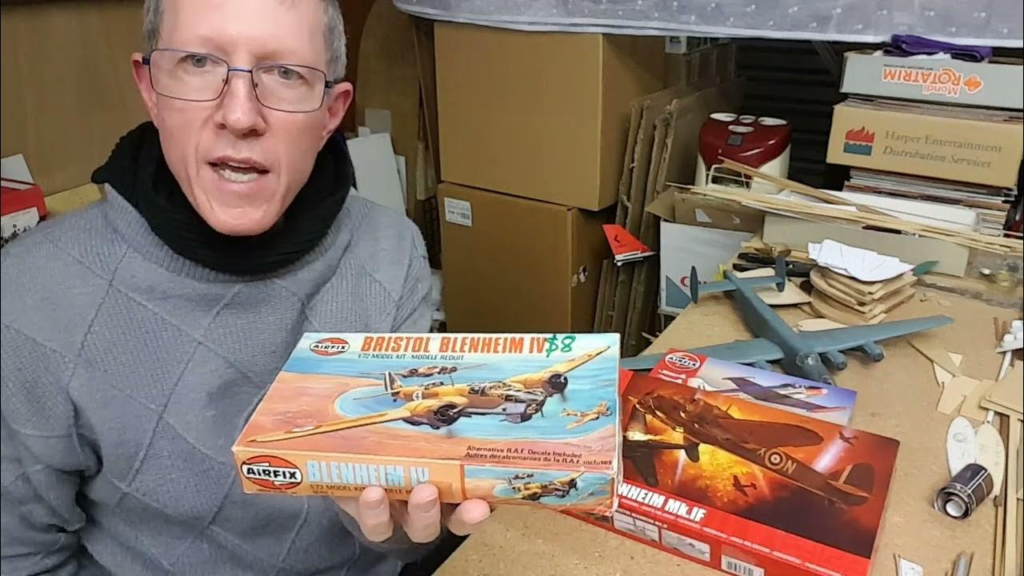
The world of plastic modeling is a vibrant and exhilarating hobby that captures the imagination of many. Whether you’re interested in the sleek lines of a sports car or the intricate details of a historical aircraft, plastic models offer a unique way to engage with these passions. For enthusiasts, building Plastic Models is not just about creating a static display; it’s about bringing a piece of history or machinery to life. This post dives into the benefits of this fascinating hobby and why it continues to trend among hobbyists worldwide.
Engaging Creativity and Focus
One of the greatest benefits of plastic modeling is its ability to engage your creativity. Each model kit presents a blank canvas that allows you to explore different painting techniques and customizations. Whether it’s choosing the perfect shade of paint for a vintage car or detailing the cockpit of an aircraft, the creative opportunities are endless. This process not only fosters creativity but also enhances focus and concentration as you meticulously work on each component.
For many, the act of assembling and painting a plastic model is a form of mindfulness, offering a break from daily stressors. It demands attention to detail and patience, qualities that are beneficial both in the hobby and in everyday life. The satisfaction derived from completing a complex model is immensely rewarding, providing a sense of achievement and a tangible result of your hard work and dedication.
Learning and Skill Development
Building plastic models is an educational experience. It encourages enthusiasts to learn about the history and mechanics of the vehicles they are recreating. For instance, assembling a model aircraft might spark an interest in aviation history or the engineering marvels of flight. Similarly, constructing a classic car model could lead to a deeper appreciation of automotive design through the decades.
Additionally, the hobby helps develop fine motor skills and problem-solving abilities. Navigating the intricacies of each model kit requires careful planning and precision. Enthusiasts often find themselves learning new techniques and gaining insights into the engineering feats that these models represent. Over time, this hobby can significantly improve dexterity and hand-eye coordination, as well as enhance critical thinking skills.
Building Community and Connections
Another appealing aspect of the plastic modeling hobby is the community it fosters. Across the globe, there are countless clubs, forums, and online groups where enthusiasts share tips, show off their latest creations, and support one another. This sense of community is invaluable, providing connections with like-minded individuals who share similar passions.
These communities often organize events, competitions, and exhibitions, offering enthusiasts a platform to showcase their talents and gain inspiration from others. Such interactions not only enrich the hobbyist’s experience but also create friendships and networks that span across different countries and cultures. It’s a hobby that connects people, transcending language barriers and uniting them through a shared love for modeling.
Conclusion
Plastic modeling is much more than a pastime; it’s a hobby that enriches the mind, hones skills, and builds lasting connections. Its growing popularity is a testament to the joy and fulfillment it brings to enthusiasts worldwide. Whether you’re crafting a model car or an aircraft, each project is a new adventure, offering endless possibilities and rewards.





